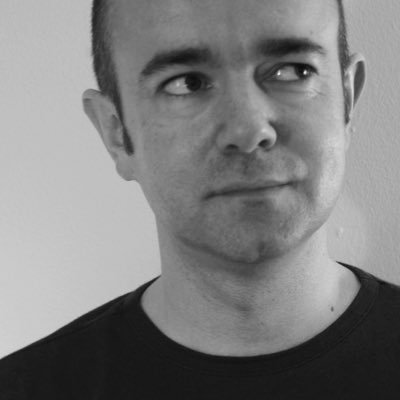Rottluff was particularly interested in the woodcut form. He first started experimenting with the technique in 1909. From 1912-1920 he developed his own emotive style in the medium.
The following year he appended his birthplace to his name. In 1906 he convinced Emil Nolde to join Die Brücke.
He was born in Rottluff & attended the Gymnasium in Chemnitz. There he became friends with the artist Erich Heckel. He studied architecture in Dresden (1905) for a term. He was introduced to the artist Ernst Ludwig Kirchner at the time.
Margaret did many of the drawings for his architecture as well as its detailing. Hill House Edinburgh (1902-4) is a domestic design. Petunias (1916), Winter Rose (1916) & Wall Panel for the Willow Tea Rooms (1917). The watercolours of landscapes & flowers are all MacKintosh’s own
With the paucity of information on Russian art, outside that country, it can be difficult to understand the motivation of some artists. Russian art history can be even more unreliable than Contemporary art criticism. We need some factual, well researched, work on these artists!
Vodkin died in 1938 of TB, aged 60. Housewarming Party (1937), Seated Youth (nd) & Grapes (1938). At one stage he had been awarded Honoured Artist of Soviet Russia but he was quickly forgotten after his death. Since the turn of the century he has become a little better known.
In 1934 he painted 1919. Alarm. Still Life (1934) & The Artist’s Daughters holding a Globe (1936). The latter show sthe nearest point of contact between the US & the USSR. As war brewed there was talk of alliances.
There are a number of techniques in icon painting to trigger responses & Vodkin introduced them into his art. These include the horizon & treatment of eyes. Boys (1925), Fantasy (1925), Workers (1926) & Girl on the Beach (1925).
Vodkin moved to France (1924-6). Petrograd (1920), Boys Bathing (1921), Apple Tree Branch (1922) & Beside Lenin’s Coffin (1924). Such was his reliability to the regime he was allowed travel. He should be considered, wittingly or unwittingly, an artist of the regime.
Self-Portrait (c1913), Youth (1913) & The Storm (1914). These works go to the heart of Vodkin’s colour theory - he worked based on a limited palette range dominated by three main colours (yellow, red & blue).

































